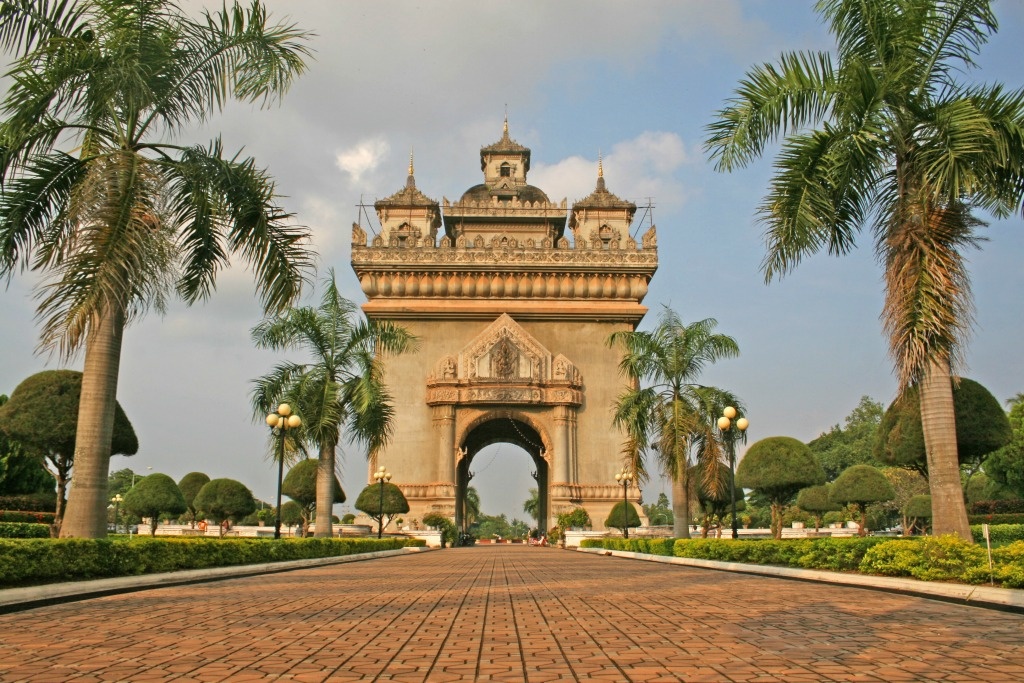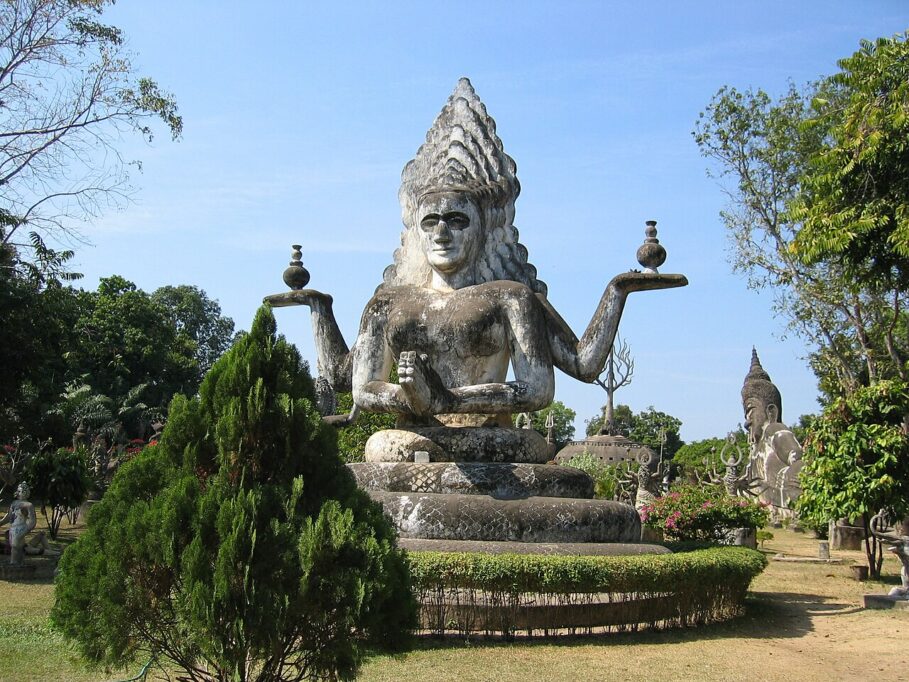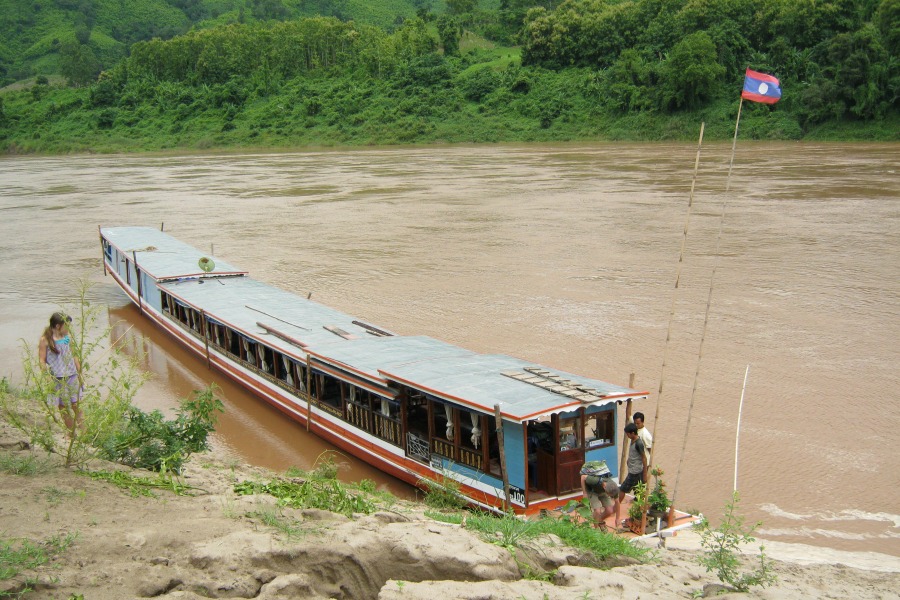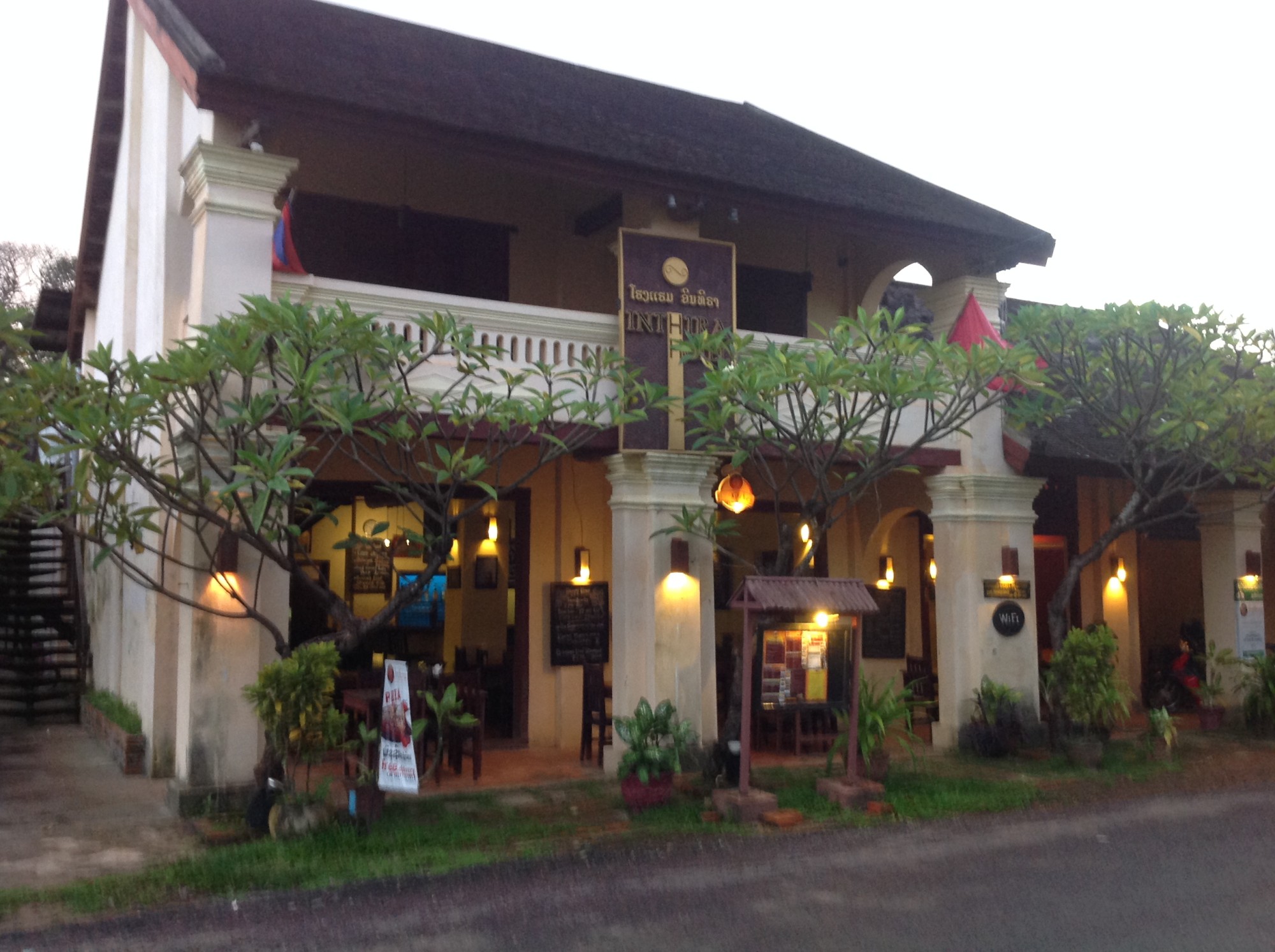Vientiane Laos Travel Guide A Vagabond Life
Welcome to our comprehensive travel guide to Vientiane, Laos, your ultimate resource for exploring the capital city of this captivating Southeast Asian country. This travel guide to Vientiane, Laos, will take you through the essential experiences and hidden gems of the city, ensuring that your visit is both memorable and enriching.
Vientiane, with its charming blend of traditional Laotian culture and French colonial influences, offers a unique travel experience. Our travel guide to Vientiane, Laos, highlights key attractions such as the majestic That Luang Stupa, an iconic symbol of Laotian heritage, and the serene Wat Si Saket, known for its intricate Buddha statues and historical significance. We’ll also guide you to the bustling markets and tranquil riverside spots that define the city’s vibrant atmosphere.
In this travel guide to Vientiane, Laos, you’ll find detailed information on how to navigate the city, including tips on transportation options such as tuk-tuks, bicycles, and local buses. We’ll also delve into the rich history of Vientiane, from its origins as a small trading post to its development into the vibrant capital it is today. The city’s historical sites, such as the Patuxai Victory Monument and the ancient ruins of the Wat Ho Phra Keo temple, reflect its diverse past and offer insights into Laos’ cultural evolution.
From must-see landmarks to practical travel advice and historical context, our travel guide to Vientiane, Laos, ensures you’re well-prepared for an enriching journey. Embrace the charm and cultural richness of Laos’ capital with the help of this essential guide, designed to enhance your travel experience and uncover the best that Vientiane has to offer.
Vientiane Laos Map
Getting To Vientiane Laos
By Air
The primary gateway to Vientiane is Wattay International Airport, which serves both domestic and international flights. Travelers from neighboring countries such as Thailand, Vietnam, and Cambodia often fly into Wattay, as it offers convenient connections to these regions. The airport is relatively small but efficiently handles arrivals and departures. For international travelers, connecting flights from major hubs in Asia provide easy access to Vientiane. Upon arrival, you’ll find various options for getting into the city center, including taxis and airport shuttle services.
By Road
Vientiane is accessible by road from neighboring countries, with several border crossings providing entry into Laos. The Friendship Bridge, connecting Vientiane with Nong Khai in Thailand, is a major route for those traveling by bus or car. There are regular bus services between Vientiane and major cities in Thailand, such as Bangkok and Chiang Mai. If you’re coming from within Laos or from nearby countries, road travel is a feasible and scenic option. The journey allows you to experience the landscape and local life along the way.
By Train
For those traveling from Thailand, taking a train to Vientiane is a comfortable and scenic option. The train journey from Bangkok to Nong Khai, Thailand, connects with a shuttle bus that crosses the Friendship Bridge into Laos. This route provides a picturesque and leisurely travel experience, offering views of the countryside and river landscapes. Once you arrive in Nong Khai, the bus or minivan service will complete the final leg of the journey to Vientiane.
Getting Around Vientiane Laos
Public Transportation
Vientiane’s public transportation system primarily consists of tuk-tuks and buses. Tuk-tuks are a popular and convenient way to navigate the city, offering a flexible and personalized mode of transport. They are especially useful for short trips and navigating the city’s more congested areas. For longer distances or more budget-friendly options, local buses provide a cost-effective way to travel around Vientiane. The bus routes cover key areas of the city and connect important landmarks.
Car and Motorbike Rentals
Renting a car or motorbike is a popular choice for those looking to explore Vientiane and its surroundings at their own pace. Several rental agencies offer vehicles, and driving provides flexibility in exploring the city’s various attractions and nearby areas. Motorbikes are particularly advantageous for their maneuverability and ease of parking. However, it’s important to note that driving conditions may differ from what you are accustomed to, so exercise caution and familiarize yourself with local traffic rules.
Cycling
Cycling is an enjoyable and eco-friendly way to get around Vientiane. The city has made strides in becoming more bike-friendly, with several bike rental shops available for tourists. Cycling allows you to explore at a relaxed pace and provides access to areas that might be less accessible by other means of transport. Popular routes include rides along the Mekong River and through the city’s central areas. This method of travel is ideal for those looking to combine exercise with sightseeing
Things To See & Do In Vientiane Laos
Patuxai (The Vertical Runway)
Explore the Patuxai Victory Monument Vientiane
One of the top things to see and do in Vientiane, Laos, is a visit to the Patuxai Victory Monument. This impressive structure, reminiscent of Paris’s Arc de Triomphe, was built to honor those who fought for Laos’ independence from France. Standing proudly at a major intersection, the Patuxai offers stunning panoramic views of the city from its observation deck. The intricate Laotian design, with its detailed carvings and ornamental motifs, adds to its visual appeal. Surrounding the monument are well-maintained gardens and fountains that make for a pleasant walk. This historical landmark not only provides insight into Laos’ struggle for independence but also offers a unique vantage point to see the cityscape. Exploring Patuxai is undoubtedly one of the essential things to see and do in Vientiane, Laos, offering both historical significance and scenic beauty.
Visit Wat Si Saket Vientiane
When considering the top things to see and do in Vientiane, Laos, Wat Si Saket should be high on your list. This ancient temple, dating back to 1818, is renowned for its beautifully preserved architecture and extensive collection of Buddha statues. The temple is distinguished by its cloister wall, which is adorned with thousands of small Buddha images, creating a serene and contemplative atmosphere. As one of the oldest temples in Vientiane, Wat Si Saket provides a glimpse into Laos’ rich religious heritage and traditional art. The temple grounds are perfect for a peaceful stroll and reflection, making it a significant cultural and historical site. Visiting Wat Si Saket is a must-do for anyone interested in exploring the profound spiritual and artistic traditions of Laos, representing one of the top things to see and do in Vientiane, Laos.
Discover the Golden Stupa at That Luang Vientiane
Among the top things to see and do in Vientiane, Laos, a visit to That Luang is essential. This majestic golden stupa is the most important religious monument in Laos, symbolizing both national pride and spiritual devotion. Covered in gleaming gold leaf, That Luang sparkles brilliantly in the sunlight, making it a striking sight against the backdrop of Vientiane. The stupa is surrounded by beautifully landscaped courtyards and smaller temples, adding to the site’s grandeur. That Luang serves as a central place of worship and cultural significance, reflecting the deep-rooted Buddhist traditions of Laos. Exploring the area and learning about its historical and spiritual significance provides valuable insights into Laotian culture and religion. That Luang’s historical importance and architectural splendor make it a must-visit highlight among the things to see and do in Vientiane, Laos.
Wander Through Buddha Park Vientiane
Among the unique things to see and do in Vientiane, Laos, Buddha Park (Xieng Khuan) stands out for its eclectic and surreal collection of sculptures. Located about 25 kilometers from the city, Buddha Park features over 200 statues representing various Buddhist and Hindu deities. Created by a local monk in 1958, the park blends religious iconography with whimsical artistry, offering a distinct contrast to traditional religious sites. The statues range from serene Buddha figures to intricate mythical creatures, set amidst lush greenery. The park’s unusual and imaginative atmosphere provides a memorable experience for visitors. Whether you’re interested in religious art or simply looking for a unique outing, Buddha Park is an intriguing destination. Exploring Buddha Park is definitely one of the standout things to see and do in Vientiane, Laos, offering a creative and engaging way to experience the local culture.
The Devastating Legacy of American Bombing in Laos: Unofficial Conflict and Lasting Impact
During the Vietnam War, Laos was subjected to one of the most intense and devastating bombing campaigns in history, despite the fact that the country was not officially at war with the United States. Between 1964 and 1973, the United States dropped over 2 million tons of ordnance on Laos, making it the most heavily bombed country per capita in the world. This massive bombardment was part of a covert operation known as Operation Barrel Roll, it was claimed to be aimed at disrupting the supply routes of the Ho Chi Minh Trail, which traversed Laos and supplied North Vietnamese forces but in reality it was to oust communist leaders by the Americans.
The scale of the bombing was staggering. An estimated 580,000 bombing missions were conducted, releasing bombs at a rate of one every eight minutes over a nine-year period. The consequences of this extensive bombardment were catastrophic. In the immediate aftermath, the bombings caused immense destruction, displacing communities, obliterating homes, and killing an estimated 20,000 to 30,000 people. Villages were wiped out, and the landscape was scarred with craters and unexploded ordnance (UXO).
The impact of the bombing continues to haunt Laos today. The remnants of the war, particularly the unexploded bombs, pose a persistent threat to local populations. These unexploded ordnance still litter vast areas of the country, hindering agricultural development and causing frequent accidents. Thousands of Laotians have been injured or killed by these remnants, and the process of clearing these dangerous remnants is slow and costly. The legacy of the American bombing has left a lasting mark on the country’s development and the lives of its people, creating ongoing challenges for recovery and reconstruction.
Efforts to address the aftermath of the bombing include international aid and demining operations aimed at making land safe for farming and living. Despite these efforts, the scars of the bombing campaign remain a poignant reminder of the war’s far-reaching consequences, affecting generations of Laotians long after the conflict has ended.





